This heli-ski guide training course teaches aspiring ski & snowboard guides the skills to manage ski descents, establish landing zones, assess terrain from the air, and the other technical skills essential for heli-ski guiding in Alaska. A definitive guide training program in an epicenter of Alaska heli-skiing.
Course Photos
-
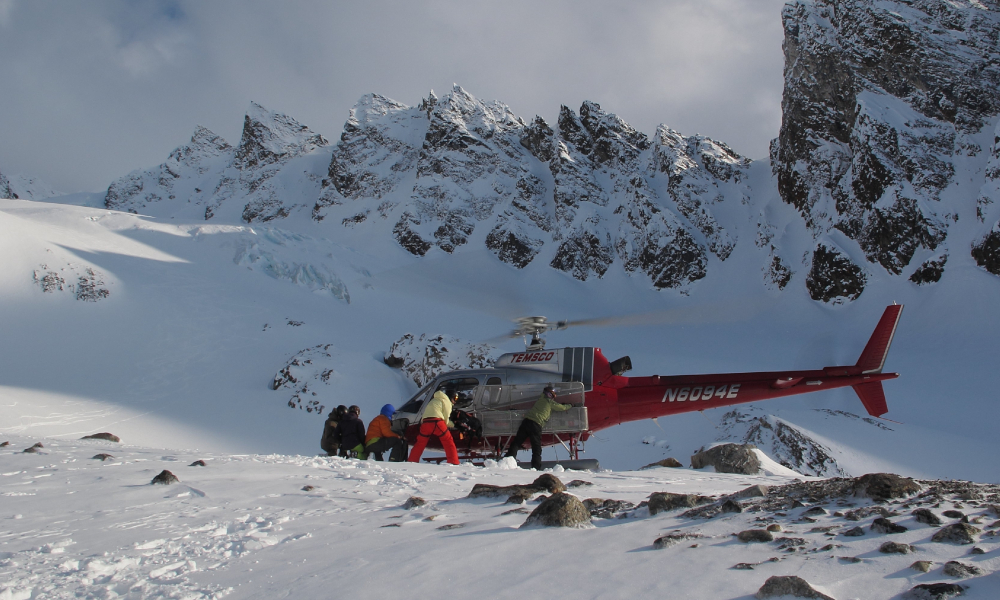
 Students loading the helicopter at a PZ near Skagway, Alaska
Students loading the helicopter at a PZ near Skagway, Alaska
-
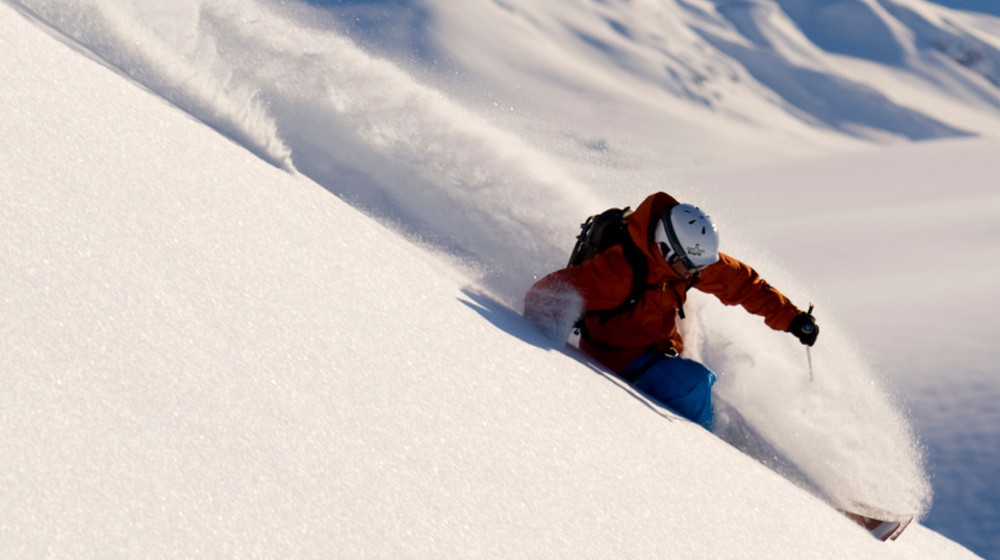
 Haines area offers some of the best conditions in North America and an ideal learning environment
Haines area offers some of the best conditions in North America and an ideal learning environment
-
Helicopter on approach to the LZ
-
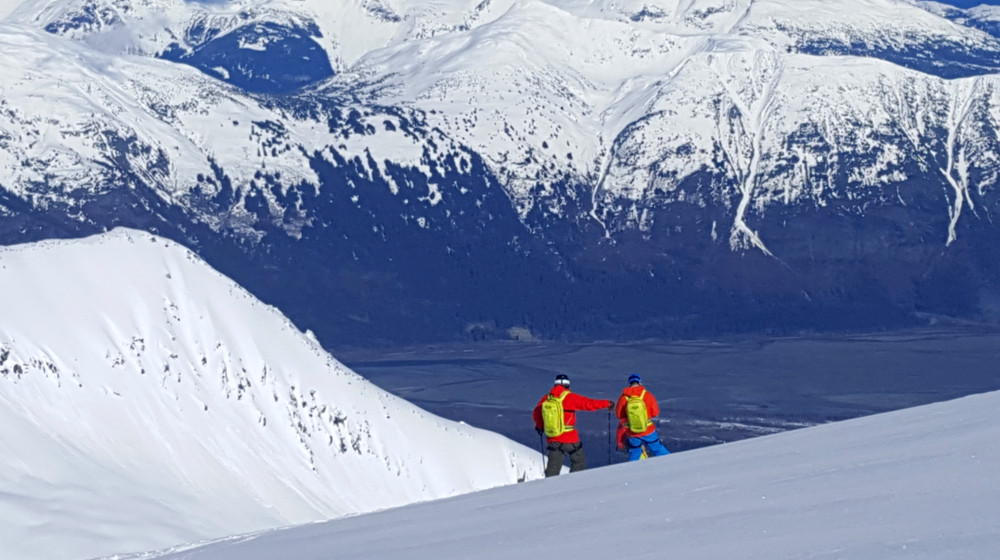
 Students discuss terrain with the Chilkat River making up the backdrop.
Students discuss terrain with the Chilkat River making up the backdrop.
-
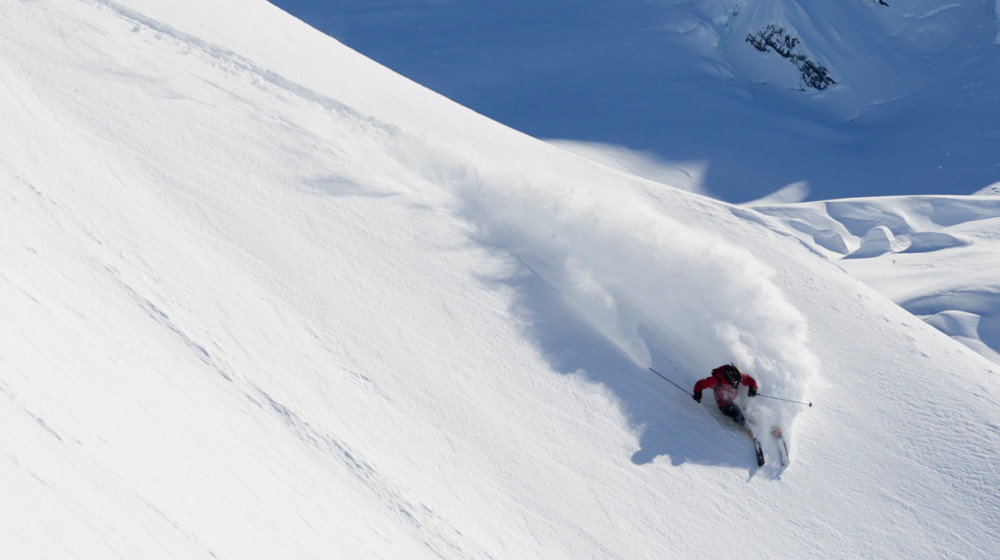
 Haines is widely recognized as a mecca of Alaska heli-skiing
Haines is widely recognized as a mecca of Alaska heli-skiing
-
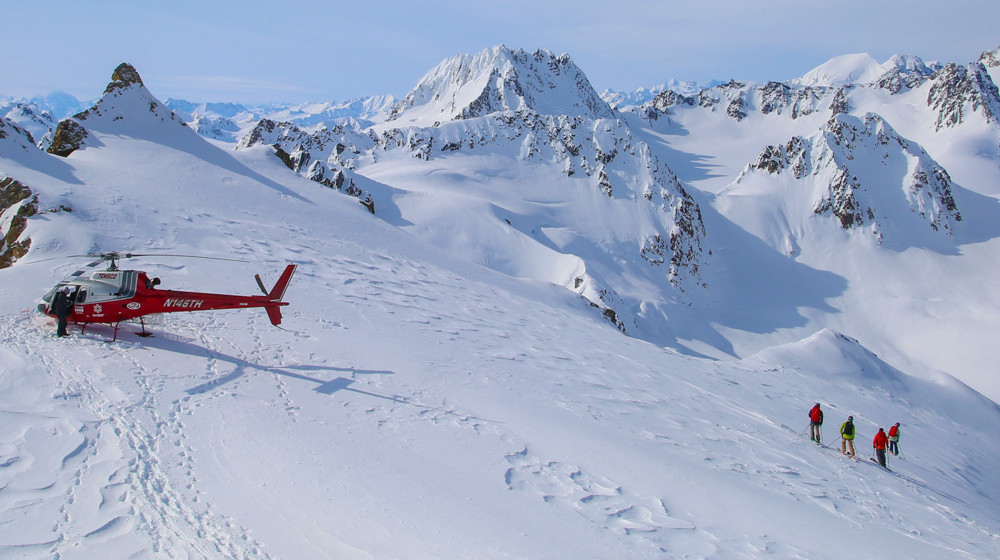
 Grouping up below the LZ to discuss the route
Grouping up below the LZ to discuss the route
-
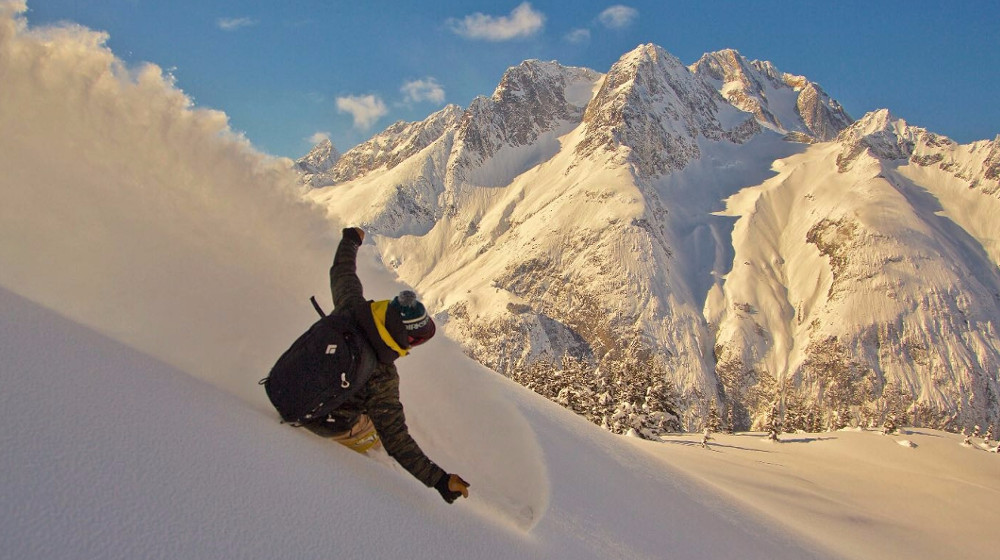
 Afternoon light and a boarder's delight dropping into fresh powder
Afternoon light and a boarder's delight dropping into fresh powder
-

 The Chilkat Valley of Haines offers unparalleled heli-skiing
The Chilkat Valley of Haines offers unparalleled heli-skiing
-
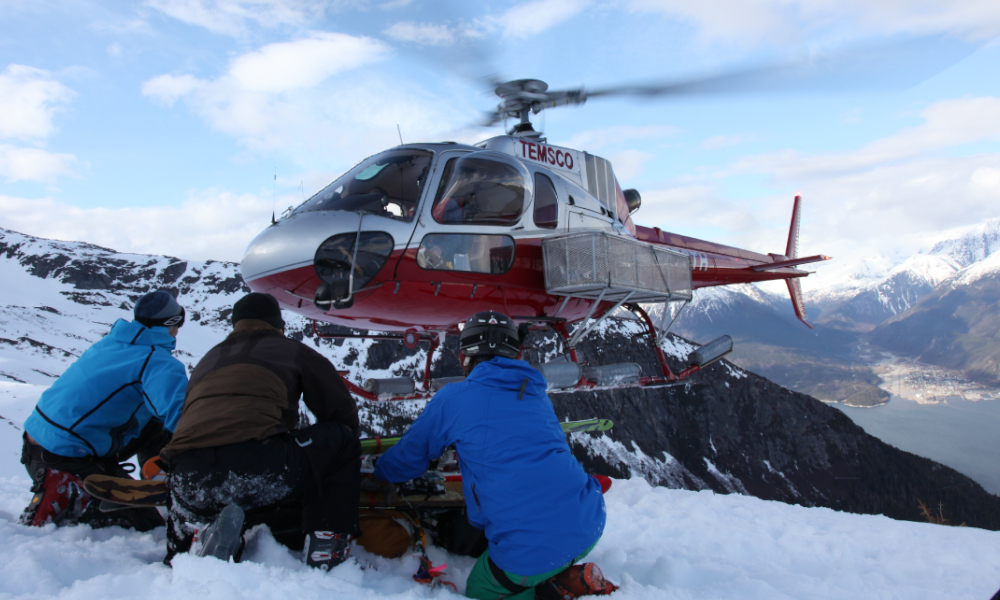
 Students bring in the helicopter skiing terrain just outside Skagway, Alaska
Students bring in the helicopter skiing terrain just outside Skagway, Alaska
-
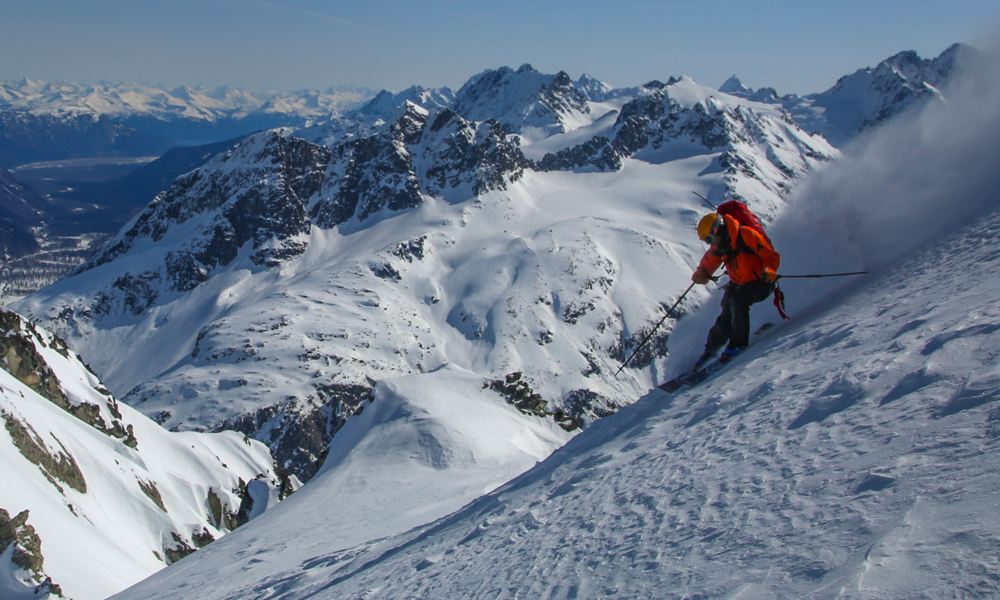
 IWLS instructors bring a depth of professional heli-ski guiding experience to each course.
IWLS instructors bring a depth of professional heli-ski guiding experience to each course.
Course Notes
Destination: Chilkat Range
Duration: 12 days
Price: $7250 (+ tax, in USD)
Activity Type: Skiing/Snowboarding
Season: March, April
Technical Skills: avalanche safety, helicopter operations, backcountry skiing
Leadership Skills: Group management, Communications, Timing
Max group size: 8 students, 2 instructors
Paperwork Required: Registration, Health Form, Land Based Activity Waiver
Valid passports required
CLICK HERE FOR DATES & PRICES
Course Description
Imagine linking powder turns down 6,000 foot mountains that rise directly from the ocean. The Alaska Heli-Skiing & Snowboarding Guide & Leadership Course takes place in just such a place - Haines, Alaska. Situated at the northern end of Alaska’s Inside Passage, the area is surrounded by an extremely jagged, glaciated mountain landscape that includes the world’s largest non-polar ice caps, pristine fjords, and a vast expanse of wilderness area. The variety of terrain (from glacier cirques with a multitude of steep couloirs and alpine faces, to open bowls loaded with fresh snow) make for world-class skiing and boarding. With this incredible terrain and easy access to helicopters, Haines is one of the best destinations in North America for learning heli-skiing and snowboarding skills. This is a town-based course, and students will be set up with lodging for the duration of the 12 days.
These mountains get the greatest annual snowfall on the planet! The neighboring Mt. Fairweather receives over 1,000 inches of snow annually. A shortage of snow isn't a problem in Haines.
Over the 12 days, we’ll utilize 1 hour (per student) of HOBBS time with the helicopter. HOBBS time is a standard aviation metric of how long the aircraft has been running. Many operators both in North America and internationally use the HOBBS metric to gauge how much heli-skiing time their client has left. We’ll incorporate HOBBS tracking into our lessons to keep everyone updated on remaining time, while also teaching a valuable guide skill.
Weather's not cooperating? We'll practice our backcountry skiing skills! Over the period of 12 days, we’ll likely ski with the helicopter for at least 6 days; however, weather in Southeast Alaska can be inclement, and we always have a backup plan if the helicopters can't fly. We may cover indoor classroom-style lessons, or travel to Haines Pass for roadside backcountry touring. Students will have the opportunity to be leaders of the day and advance their decision-making, leadership, and group management skills around the helicopter and on the slopes. When we're not flying, we’ll use our time to advance avalanche assessment skills, backcountry skiing and snowboarding techniques, technical crevasse rescue, and rope skills.
Haines: Haines, Alaska is the starting/finishing place for this trip. Haines is a small community located along the fjords at the top of the Inside Passage. The natural beauty and wilderness access found here are responsible for its reputation as a center for wilderness adventure in Alaska.
Chilkat Range Mountains: The Chilkat Mountain Range is 70 miles long and extend south along the Chilkat Inlet, down the Lynn Canal, and onto Icy Strait. They also serve as the eastern border to Glacier Bay National Park. Known for being a heli-skiing mecca, the Chilkat Range is the impressive back drop to the town of Haines. These mountains have been featured in a many ski films, magazines, and bucket lists.
Coastal Range Mountains: Coastal Range Mountains: The Coastal Mountain Range extends nearly 1,000 miles from the south of the Yukon, the Alaska panhandle, and down the coast of British Columbia. They create the stunning backdrop to the small town of Skagway, Alaska, just up the Lynn Canal from our adventure base in Haines.
Our Instructors: IWLS instructors and guides are highly-trained professionals recognized as some of the best in their field. They have a wealth of experience from guiding throughout Alaska, Canada, and the world. They genuinely enjoy sharing their knowledge of the outdoors in the wild places that they love. Their experiences and leadership help our students to have the best possible experience during their course. Students' safety, education, and enjoyment are their primary goals. The International Wilderness Leadership Schools’ educational model nurtures leadership development and creates an awareness of the guiding mentality that is essential for leading safe, fun adventures in the mountains. The combination of technical skills training, experiential education and practical leadership experience make the IWLS curriculum world-class.
Experience Level: IWLS requires that students have intermediate to advanced skiing or riding abilities. No previous backcountry skiing skills are required, but are very helpful.
Certifications: Upon completion of the course, participants may qualify for the following certifications:
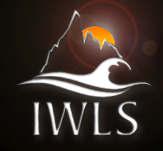 Guide Training Certificate of Completion
Guide Training Certificate of Completion
Avalanche Lvl. 1*
*Avalanche Level 1 certifications subject to conditions.
Course Itinerary (printable PDF)
Day 0: We’ll spend the first day preparing, planning, having a pre-trip meeting, and packing food and equipment for our expedition into the mountains. We talk about expectations for the course from the students and from the instructors. We’ll base out of a comfortable house in Haines, and utilize our infrastructure to access world-class heli-skiing terrain.
Day 1: We’ll meet with the helicopter pilot, go over helicopter safety, and finish our preparations for the expedition. Practice helicopter safety talks, skiing safety, and beacon use.
Day 2-11: Weather allowing, we’ll ski a variety of terrain and conditions. We’ll learn about group management around helicopters and on steep snow slopes.
Over the 12 days, we will ski a minimum of 40,000 vertical feet. Most likely, we will ski with the helicopter for at least 6 days (weather permitting).
Skiing open bowls of powder, digging hasty pits, and descending steep couloirs will fill the rest of our days in these rugged glaciated peaks. Students will have the opportunity to be leaders of the day and advance their decision-making, leadership, and group management skills around the helicopter and on the slopes.
When not flying, we’ll use our time to advance avalanche assessment skills, backcountry skiing and boarding technique, technical crevasse rescue, and rope skills. Easy road access to great skiing terrain provides a great supplement to time in the helicopter.
Day 12: In the last few days of the course we will have final peer and instructor evaluations. Students will be evaluated on their understanding and completion of the IWLS curriculum, heli-ski guiding, and safety practices.
The IWLS General Curriculum outlines the essential components for effective outdoor leadership. Here are a few points that your course will focus on:
- Leadership: We not only exemplify leadership – we teach it and implement it. Students will have opportunities to lead the group through a variety of activities, objectives, and responsibilities.
- Safety and Risk Management: Safety is always our #1 consideration. As the course progresses, students will develop an awareness to appropriately assess risk and make safe decisions in and out of the field.
- Expedition Behavior and Group Dynamics: Because this course is a true wilderness expedition, interactions between group members need to be supportive and contribute to the efficacy of the group. The daily dynamics of the group, combined with guided instruction, will teach students not only how to be a member of a cohesive team, but how to influence and lead an expedition.
- Environmental Ethics: As adventurers in some of the most pristine environments on the planet, it is our duty to respect the natural world. All of our courses practice and teach Leave No Trace® principles.
- Communication Skills: Speaking in public, managing a personal conflict, or leading a group in the wilderness - all of these situations require effective communication. Students will gain confidence in their communication abilities while developing personal leadership styles during this course.
The IWLS Mountaineering Curriculum is built from countless expeditions in Alaska and around the world. You’ll learn how to be a competent and proficient mountaineer in a variety of different environments. Below are some topics we’ll cover:
- Self Arrest: What happens if you fall on a steep now slope? Learn, through hands on experience, how to stop a fall quickly and efficiently.
- Anchors: Anchor building is a fun, yet intricate subject. We’ll examine single, double, triple and complex anchors, and their different applications. Learn how to place anchors in snow, rock, and ice.
- Belaying: Should we use a fixed belay or a running belay? Our team will learn and practice the finer points of different belay techniques such as the hip belay, running belay, boot axe belay, fixed belay, and more!
- Ascending:Fixed lines are an important tool for large groups and guiding applications. We’ll learn how to efficiently use, build and maintain them.
- Rope Teams: Rope team travel is a complicated endeavor that requires skill, technique and teamwork. We’ll cover everything from prussik arrangement to team management.
- Crevasse Rescue: Traveling in glaciated terrain requires that every member of the team be proficient in crevasse rescue. We’ll learn how to get a team mate out of a crevasse quickly and efficiently.
- Objective Hazards: Rock fall, river crossings, and avalanches are examples of objective hazards. Learn how to identify such hazards and minimize group exposure.
The IWLS Skiing Curriculum is developed for skiers and boarders at or above the advanced-intermediate level. Here are some points that will be covered during your course:
- Equipment:Learn the basics of skiing and snowboarding equipment, avalanche safety gear, and how to use and repair your gear efficiently.
- Site Selection: Learn how to choose the appropriate terrain and identify hazards to facilitate a safe, fun time in the mountains.
- Snow Conditions: Whether skiing deep powder, spring corn, or breakable crust, learn how to identify variable conditions and employ different techniques to enjoy them safely.
- Glacier Travel on Skis: When to rope up? How to read crevasse danger? How to ski safely on a rope team? All of these questions will be answered as we travel, ski, and board across icefields.
- Route Finding: Both descents and ascents demand good route finding skills. You’ll develop your hazard assessment and navigation skills to be able to find the safest, most efficient route.
The IWLS Helicopter Curriculum is designed to get students familiar with, comfortable around, and proficient with helicopter travel. Here are some points that will be covered during thiscourse:
- Helicopter Safety: Safety is always #1, especially when working around helicopters. Students will not only learn the safety fundamentals associated with helicopter skiing, but will continually teach these fundamentals to each other.
- Flight Preparation: Developing a complete flight manifest supports good communication and maximizes efficiency for a day of helicopter skiing. Students will have the opportunity to develop flight plan proposals and organize passengers and weights.
- Landing Zone Selection: Working with the pilot to identify safe spots for landings is an essential component of helicopter safety. Learn to assess landing zone viability: wind speed and direction, slope angle, visibility and exposure to objective hazards.
- Loading and Unloading: While the pilot will always direct loading and unloading of the helicopter, students need to understand safety elements such as hatch operation, securing loose items, balancing loads, and visual confirmations with the pilot.
- Communications: Good communication is essential when working around helicopters. Students will learn appropriate radio communications, signaling, visual cues and protocols for timely and efficient communication with the helicopter pilot.
- Group Management: Where should the group be when the helicopter is approaching? How should skiers approach a grounded helicopter? You’ll learn techniques for managing clients and facilitating a safe helicopter skiing experience.
The IWLS Avalanche Curriculum is a nationally recognized progression of material that prepares students to be safe backcountry travelers.
- Avalanche Characteristics: We’ll examine loose snow, wet snow, soft slab, and hard slab avalanches along with some potential triggers. You’ll learn the definition of terms such as stauchwall, alpha angle, and bed surface.
- Snow Stability Evaluation: Is this snow capable of avalanching? Learn tests such as compression test and Rutschblock test that will help you evaluate layers within the snowpack. Develop your documentation skills for accurate recording and analysis of information.
- Safe Winter Travel: As a group, we will travel safely through avalanche terrain. Considerations will include cornices, equipment selection, route finding, campsite selection, and effective communication.
- Avalanche Rescue: Someone buried in an avalanche has an 87% chance of survival if found within the first 15 minutes. We’ll practice using probes, beacons, and effective search patterns in order to quickly and efficiently find a buried person.
Course Documents:
- Course Overview- Printable detailed course overview & itinerary.
- Equipment List - Overview of personal clothing and equipment that you'll need for this course.
- Rental Gear List - List of avalanche gear and personal items available for rent
- Registration Form - Outlines policies, and essential information. One required per participant.
- Health Form - This form enables our guides to have accurate health information in the event of an emergency.
- Land Based Activity Waiver - One required per participant. Guests under the age of 18 may go on one form.
- Travel Info - Helpful information on how to get to/from Haines, Alaska.
What is included in the course price:
- Food & Lodging during the course - We will provide a comfortable house and all meals during the course.
- Transportation during trip - Travel to helicopters and roadside ski access.
- Professional instructors - Our instructors and guides have extensive knowledge of the area, and a passion for skiing in wild places.
Students are responsible for the following:
- Personal clothing & Equipment
- Food & Lodging outside of the course - Students are responsible for food and lodging before and after the course.
- Travel insurance - We highly recommend travel insurance for all of our programs.
- Airfare
- Reviewing course policies - Please reference our policies page for policies regarding payment, cancellations, refunds and student responsibilities.
- Gratuities.
To Book your adventure, follow the steps below:
- Please call to confirm availability at 1-800-766-3396 or fill out an online form to request more information:
- Place a deposit of $500 or 25% of trip cost (whichever is less) to reserve your spot: this can be place over the phone by credit card, check in the mail, or through our payment gateway.
- Once you've reserved your spot, you'll receive a welcome packet with all the necessary registration forms and trip information.
- Be sure to submit all trip registration documents at least 45 days prior to your course. This includes information on your arrival/departure, lodging, dietary, and medical information.
Feel free to call or email anytime if you have questions about your upcoming trip. Our team is excited to help you prepare for your adventure!
Student Comments:
I've skied all over and Haines is unbelievable! You guys have so much terrain to work with and the view when you fly over the first ridge heading out to ski blows you away. Adam did a great job teaching the course and made sure everyone got a chance to perform each of the functions of a heliski guide. - Jay M.
